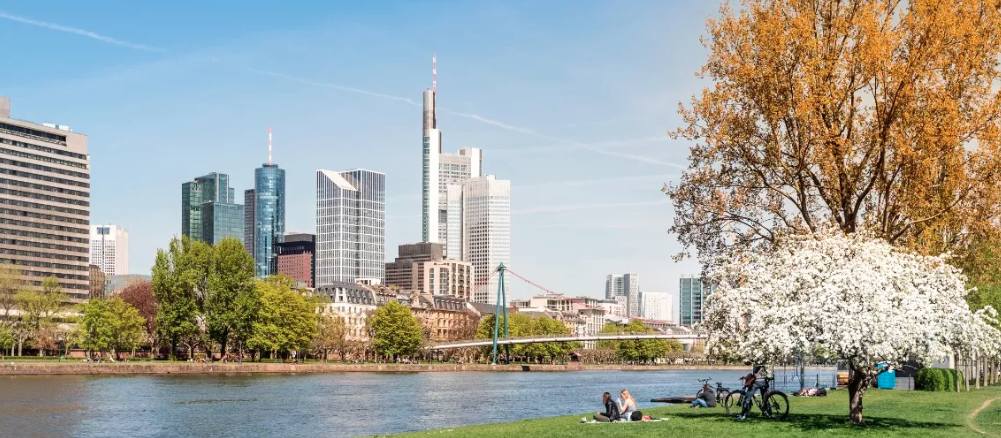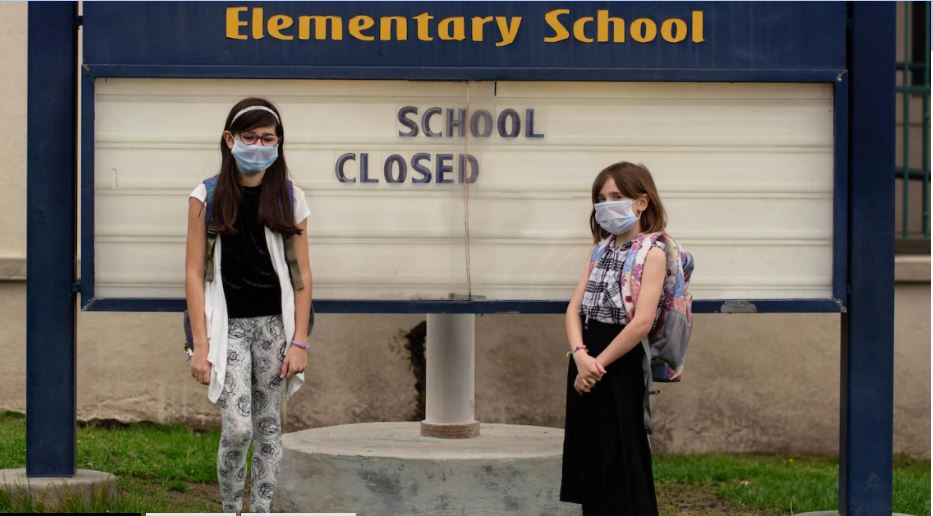From 1970 to 2021, the global urban population surged from 1.19 billion to 4.46 billion, while the Earth’s surface temperature rose by 1.19 degrees Celsius above preindustrial levels. Cities, as engines of prosperity, have been major contributors to climate change. A new World Bank report, Thriving: Making Cities Green, Resilient, and Inclusive in a Changing Climate, suggests that cities also hold one of the keys to solving the climate crisis. By 2050, nearly 70% of the world’s population will call cities their home.
The report examines over 10,000 cities to determine how green, how resilient, and how inclusive they are while examining the two-way relationship between cities and climate change. Drawing from this analysis, the report offers guidance to policymakers on how to help their cities become greener, more resilient, and more inclusive – in other words, on how to help their cities thrive – in a changing climate.
The State of Our Cities: Greenness, Resilience, and Inclusivity
Climate change has predominantly been driven by cities in high- and upper-middle-income countries. Globally, about 70% of human-generated greenhouse gas (GHG) emissions, primarily carbon dioxide (CO2), come from cities. However, cities in lower-income countries accounted for only around 14% of all global urban CO2 emissions in 2015. The challenge for these cities is how to develop without following the historic emissions trajectories of cities in higher-income countries. Achieving global net-zero emissions by 2050 hinges on addressing this issue.
Cities in low- and lower-middle-income countries face the highest projected climate change–related hazards. By 2030-2040, their projected exposure to key hazards such as floods, heat stress, tropical cyclones, sea-level rise, water stress, and wildfires is significantly higher than for cities in higher-income countries. Furthermore, these cities are less resilient to the increasingly frequent climate change-related shocks and stresses, experiencing more severe economic impacts from extreme weather events.
For instance, when extreme weather hits, people in the countryside often seek refuge in cities. Extended droughts in rural areas cause faster urban expansion. The new settlements are often informal, on city outskirts, and in floodplains with limited access to services.
Cities in low- and middle-income countries are less green in terms of air pollution. On average, concentrations of particulate matter of 2.5 microns or less in diameter (PM2.5) are lower in cities in high-income countries than in cities in lower-income countries. Meanwhile, a city’s PM2.5 emissions in its residential and transportation sectors – areas directly influenced by urban planning and policies – tend to increase with its population.
Improving air quality through policy initiatives can help cities mitigate and adapt to climate change . Many activities contributing to poor urban air quality, including both industrial activities and driving, also exacerbate climate change. Consequently, there is a strong positive correlation between CO2 and PM2.5 emissions from residential and transportation sectors across cities worldwide.
A lack of inclusiveness hampers the resilience of cities in low- and lower-middle-income countries. This can be explained by higher rates of poverty and lower levels of access to basic services such as health care and education; water and electricity; solid waste management; digital and financial services; and emergency rescue services.
Compact city development is associated with lower CO2 and PM2.5 emissions from residential and transportation sectors. This suggests that local policies targeting urban sprawl may be effective both in improving local air quality and mitigating climate change. Vertically developed cities consume less land, accommodate more people, and are more prosperous. Across cities globally, a doubling of a city’s total height leads, in the long run, to a 16% increase in its population and a 19% reduction in its land area relative to other cities. This is accompanied by a 4% increase in the intensity of the city’s nighttime lights, suggesting increased prosperity.
A Policy Compass to Help Cities Thrive
A thriving city is one that is green, resilient, and inclusive in the face of a changing climate. The report highlights how the realization of this vision requires answers to three critical questions: What policy instruments are available? Who wields these instruments? How can policy choices based on these instruments be prioritized and sequenced for effective implementation?
- WHAT: Policy options take the form of five I’s: information, incentives, insurance, integration, and investments. These instruments are often complementary, leading to strengthened impacts when they are implemented together.
- WHO: Because “traditional” urban stresses interact with climate change–related stresses to determine outcomes, local governments are well-placed to drive climate action. Cities, working with national governments, the private sector, and civil society, have an important policy wedge at their disposal.
- HOW: To ensure their cities thrive, policy makers will need to toggle between, and sandwich together, bundles of policies drawn from the five Is. The combination of interventions, their sequencing, and the prioritization of outcomes will vary, depending on the characteristics of cities, including their size and levels of risk and development.
Cities hold the potential to address and adapt to climate change. By focusing on making cities greener, more resilient, and more inclusive, we can transform our urban environments and ensure a thriving future for all. Read the full report and its policy recommendations here.





